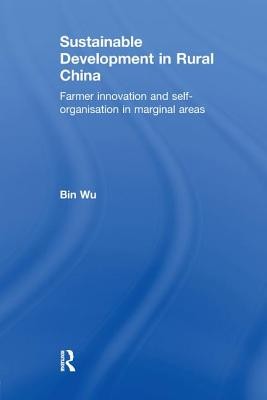
- We will send in 10–14 business days.
- SAVE -10% with code: EXTRA
Reviews
Description
Sustainable development in marginal areas, especially in those where rural poverty and environmental degradation are interwoven, is a great concern of development agencies worldwide, and much effort is put into development programmes, technology transfer schemes and so on. The problem is particularly acute in China, where increasing regional differences and inequality are eroding governmental poverty reduction efforts and exacerbating ecological crises. This book, based on extensive original research, examines the situation in China, especially in the Loess Plateau of Shaanxi Province. It explores in particular how farmers have organised themselves to initiate technical innovation, and considers communication networks and co-operative mechanisms. It discusses successful self-organisation, and how interfaces with external development agencies and with institutional innovation might be handled, highlighting the potential of farmer innovation initiatives, especially when they are linked with external development and environmental improvement programmes.
EXTRA 10 % discount with code: EXTRA
The promotion ends in 21d.20:50:07
The discount code is valid when purchasing from 10 €. Discounts do not stack.
- Author: Bin Wu
- Publisher: Routledge
- ISBN-10: 1138371084
- ISBN-13: 9781138371088
- Format: 15.6 x 23.4 x 1.1 cm, minkšti viršeliai
- Language: English English
Sustainable development in marginal areas, especially in those where rural poverty and environmental degradation are interwoven, is a great concern of development agencies worldwide, and much effort is put into development programmes, technology transfer schemes and so on. The problem is particularly acute in China, where increasing regional differences and inequality are eroding governmental poverty reduction efforts and exacerbating ecological crises. This book, based on extensive original research, examines the situation in China, especially in the Loess Plateau of Shaanxi Province. It explores in particular how farmers have organised themselves to initiate technical innovation, and considers communication networks and co-operative mechanisms. It discusses successful self-organisation, and how interfaces with external development agencies and with institutional innovation might be handled, highlighting the potential of farmer innovation initiatives, especially when they are linked with external development and environmental improvement programmes.


Reviews